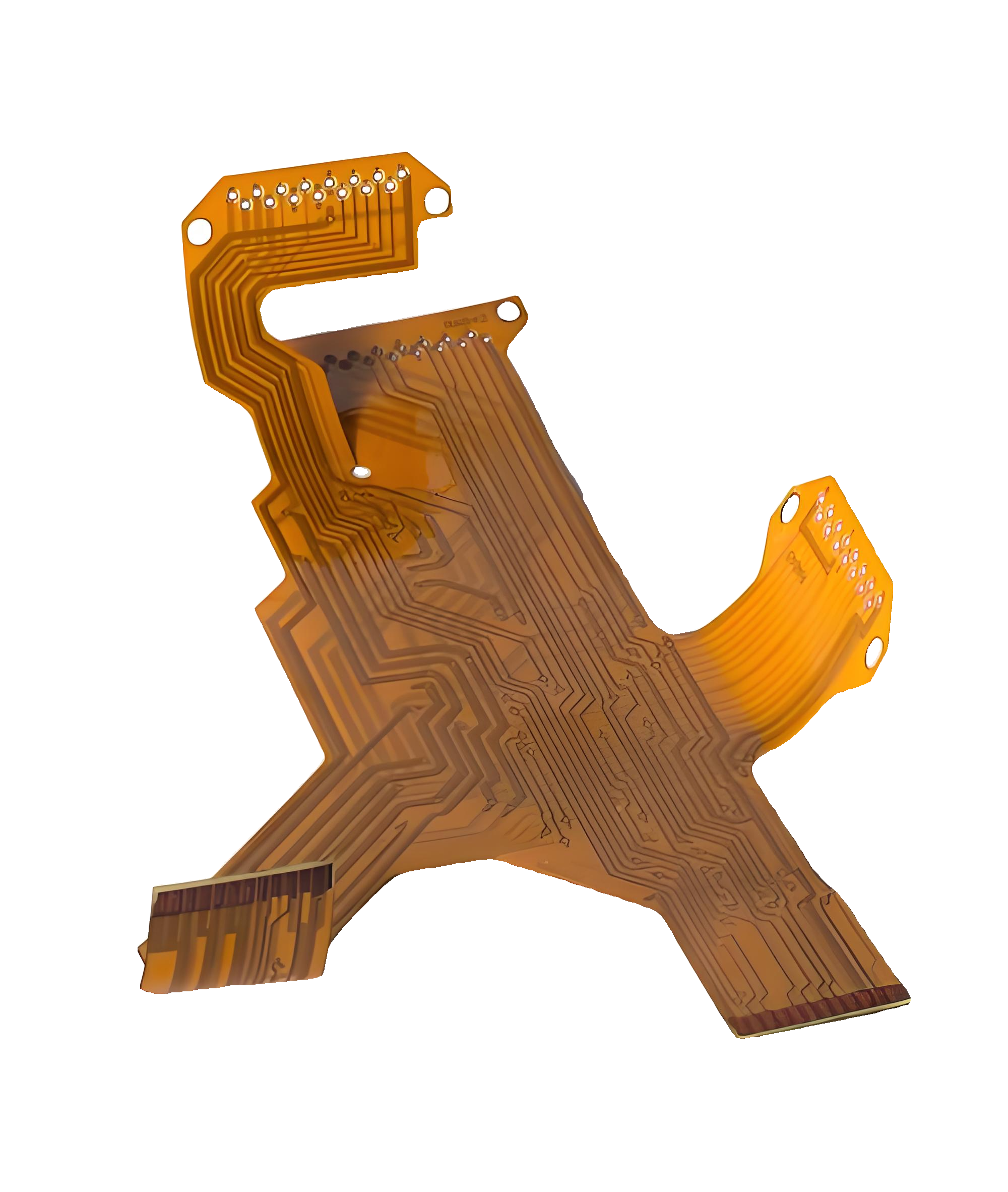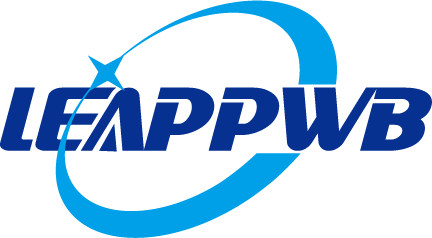Standards for circuit board (PCB) production are usually developed and managed by the International Electrotechnical Commission (IEC) and the International Organization for Standardization (ISO). The following are some common standards for circuit board production:
IPC standards: IPC (Institute for Printed Circuits) has developed many standards related to PCB design and manufacturing, such as IPC-A-600 (regarding PCB appearance acceptance standards), IPC-2221 (regarding general standards for PCB design), etc.
UL certification: UL (Underwriters Laboratories) is a global safety science company that has developed a series of standards for electronic product safety and performance, including UL certification standards for PCBs.
ISO standards: ISO (International Organization for Standardization) has developed many standards related to quality management and production processes, such as ISO 9001 (quality management system standards), ISO 14001 (environmental management system standards), etc. These standards also apply to the circuit board manufacturing process.
J-STD standard: J-STD is part of the electronics industry standard, jointly developed by IPC and JEDEC (Semiconductor Industry Association), including J-STD-001 (welding standard), J-STD-020 (component storage and packaging standard), etc., covering many aspects of circuit board manufacturing.
Customer requirements: In addition to the above standards, many customers will also put forward their own requirements and standards to ensure that the circuit boards produced meet their specific needs and requirements.
In general, the circuit board production standards cover the design, material selection, production process, quality control and other aspects of PCB to ensure the performance, reliability and safety of the final product.
